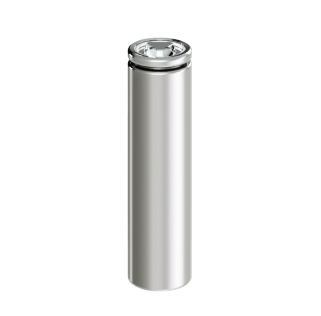Cylindrical cells, also known as tubular cells, are a type of cell that have a cylindrical shape. They are found in various organisms and play important roles in many biological processes. In this article, we will discuss the structure, function, and applications of cylindrical cells.

Structure of Cylindrical Cells:
Cylindrical cells have a tubular shape, with a length that is greater than their width. They are composed of a cell membrane, cytoplasm, and organelles. The cell membrane surrounds the cell and controls the movement of substances in and out of the cell. The cytoplasm is a jelly-like substance that fills the cell and supports the organelles. The organelles, such as the nucleus, mitochondria, and endoplasmic reticulum, are responsible for carrying out specific functions within the cell.
Function of Cylindrical Cells:
Cylindrical cells have a variety of functions depending on the type of cell and the organism it is found in. Some common functions of cylindrical cells include:
1. Transportation: Cylindrical cells, such as red blood cells, are responsible for transporting oxygen, nutrients, and waste products throughout the body. They have a specialized structure that allows them to efficiently carry out this function.
2. Support: Cylindrical cells, such as muscle cells, provide support and structure to the body. They are able to contract and relax, allowing for movement and coordination.
3. Secretion: Cylindrical cells, such as epithelial cells, are involved in the secretion of substances. They produce and release hormones, enzymes, and other molecules that are important for various physiological processes.
4. Protection: Cylindrical cells, such as neurons, play a role in protecting the body from harmful substances. They can detect and respond to toxins and other harmful agents, helping to maintain the overall health and integrity of the body.
Applications of Cylindrical Cells:
Cylindrical cells have a wide range of applications in various fields, including:
1. Medicine: Cylindrical cells, such as red blood cells, are used in blood transfusions to treat patients with blood disorders or to replace lost blood volume during surgery.
2. Biotechnology: Cylindrical cells, such as yeast cells, are used in biotechnology to produce ethanol, beer, and other products through fermentation.
3. Energy: Cylindrical cells, such as those in batteries, are used to store and convert energy. They are important components in renewable energy systems, such as solar panels and wind turbines.
4. Research: Cylindrical cells are used in research to study the effects of various substances on cells and to develop new treatments for diseases.
Conclusion:
Cylindrical cells are a type of cell that have a tubular shape and are found in various organisms. They have a variety of functions, depending on the type of cell and the organism they are found in. Cylindrical cells are used in a wide range of applications, including medicine, biotechnology, energy, and research.